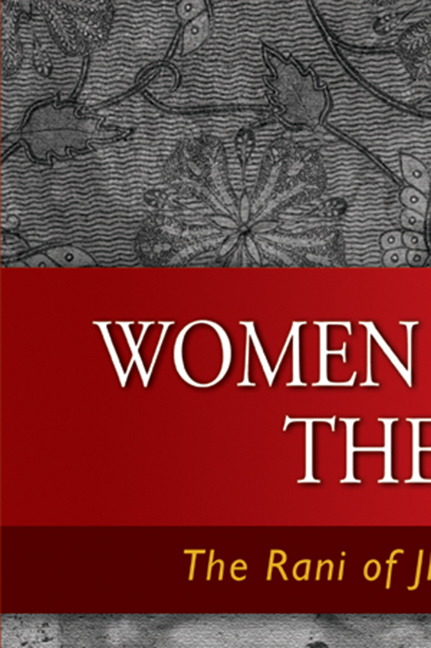Book contents
- Frontmatter
- Dedication
- Epigraph
- Contents
- Message from ISEAS Director
- Foreword
- Preface
- Acknowledgements
- 1 The Historical Rani
- 2 Bengali Nationalism
- 3 Bengali Women Revolutionaries
- 4 Subhas Chandra Bose
- 5 The Indian National Army
- 6 Volunteers from the Malayan Rubber Estates
- 7 The Rani of Jhansi Regiment
- 8 Deployed to Burma
- 9 After the War
- 10 Conclusion
- Epilogue
- Bibliography
- Index
- About the Author
3 - Bengali Women Revolutionaries
Published online by Cambridge University Press: 21 October 2015
- Frontmatter
- Dedication
- Epigraph
- Contents
- Message from ISEAS Director
- Foreword
- Preface
- Acknowledgements
- 1 The Historical Rani
- 2 Bengali Nationalism
- 3 Bengali Women Revolutionaries
- 4 Subhas Chandra Bose
- 5 The Indian National Army
- 6 Volunteers from the Malayan Rubber Estates
- 7 The Rani of Jhansi Regiment
- 8 Deployed to Burma
- 9 After the War
- 10 Conclusion
- Epilogue
- Bibliography
- Index
- About the Author
Summary
Revolution was seen by many nationalists following the partition of Bengal as legitimate and inevitable. Women as well as men imbibed the same incendiary brew of Mother- and Shakti-worship, of Kali/Durga reverence, and of the associated mission of self-sacrifice for Bharat Mata. Women raised their voices in and out of jail singing Bande Mataram, and many expressed their thoughts in journals and diaries, inspired by the writings of Aurobindo, Vivekananda and Ramakrishna and by the examples of the Rani of Jhansi and other heroines who had fought for their states throughout history.
Several secret organizations were central to the activities of early revolutionaries in Bengal and elsewhere. At the end of the nineteenth century, a secret society known as Sanjivani Sabha [Life-giving Society] attracted Rabindranath Tagore, Aurobindo, and Bipin Chandra Pal to its membership. Though it mandated secrecy, it was not involved in violence. Physical drill, lathi, sword and dagger-play were among its practices. The emphasis on physical training was a feature of all secret societies, including those which later did resort to violent action.
Two organizations founded a few years later were more revolutionary in intent and were central to many acts of terrorism over the next two decades, particularly in Bengal: Anushilan, founded in 1902, and Jugantar, which split off from Anushilan in 1908. Anushilan was founded by Pramatha Nath Mitra, its president, and Aurobindo and Chittaranjan Das were vice-presidents. Rabindranath Tagore's elder brother Jyotindranath and Sister Nivedita were among the early members. The Dhaka branch of Anushilan was led by Rash Behari Bose, the revolutionary who later left for exile in Japan. Anushilan fractured apart over the issue of collection of funds, although an equally cogent factor was the timing of action. Barindra Kumar Ghosh was in favour of immediate action, while Mitra advocated a more cautious approach. Ghosh led dissenters into Jugantar. In both groups, military-style organization prevailed, with initiation vows, discipline, and secrecy strictly maintained. After World War I these organizations attracted some Muslim support. Sister Nivedita's early membership in Anushilan was exceptional; women were generally not admitted to secret societies until a few years later.
- Type
- Chapter
- Information
- Women Against the RajThe Rani of Jhansi Regiment, pp. 20 - 31Publisher: ISEAS–Yusof Ishak InstitutePrint publication year: 2008



